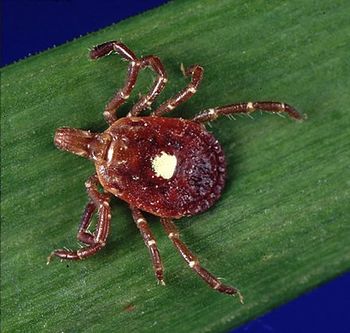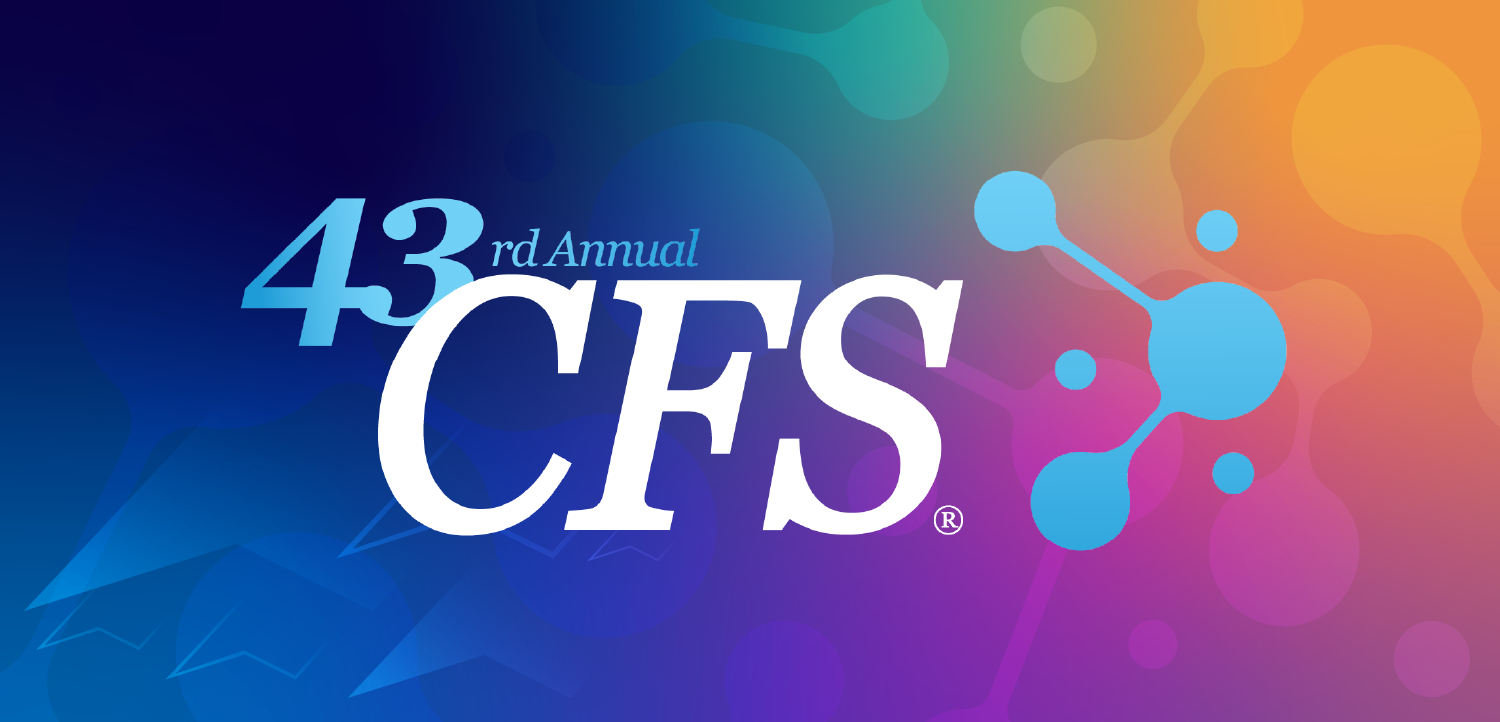A retrospective cohort study at Allegheny Health Network found no significant difference in treatment failure between patients with obesity and those without obesity, treated with standard-dose micafungin (100 mg daily) for candidemia. Treatment failure occurred in 48% of patients with obesity vs 37.7% of patients without obesity (P=.38), a difference that was not statistically significant. Obesity did not increase the risk of micafungin treatment failure in candidemia. Further research is needed to confirm these findings and explore optimal dosing in this population.
Further analysis showed no statistically significant differences between patients with obesity and patients without obesity in any individual components of treatment failure. Specifically, 30-day mortality was 48% in the group with obesity compared with 34.4% in the group without obesity (P=.24).
What You Need To Know
Obesity was not associated with increased treatment failure in patients receiving micafungin for candidemia.
Hemodialysis significantly increased the risk of treatment failure, while longer antifungal therapy was protective.
Standard micafungin dosing remained effective regardless of patient weight or BMI.
Persistent candidemia occurred in 4% of patients with obesity vs 11.5% of patients without obesity (P=.43), and microbiological relapse was observed in 4% and 3.3% of patients in the obesity and nonobesity groups, respectively (P=1).
In logistic regression modeling, hemodialysis was the only factor significantly associated with increased risk of treatment failure (OR, 11.8; 95% CI, 2.69-71.3), while longer antifungal therapy duration was protective (OR, 0.95; 95% CI, 0.89-0.99). Weight itself was not a significant predictor (OR, 1.0; 95% CI, 0.97-1.03).
The study reviewed 86 adult patients treated for candidemia with micafungin from January 2016 to September 2024. Patients with polymicrobial bloodstream infections or dual antifungal therapy beyond 24 hours were excluded. Groups were compared based on BMI ≥30 (obese) vs <30 (nonobese).
Although prior pharmacokinetic data suggest higher micafungin doses (up to 300 mg) may be required for adequate exposure in patients ≥125 kg, this study found standard dosing was not associated with worse clinical outcomes in obese individuals.
Reference
Chieffo N, Bremmer D, Carr D, Trienski T. Evaluating the effect of obesity on the treatment of candidemia with micafungin. Abstract 26 OR FRS. MAD-ID Meeting. May 28-31, 2025. Orlando, FL.

































































































































































































































































































